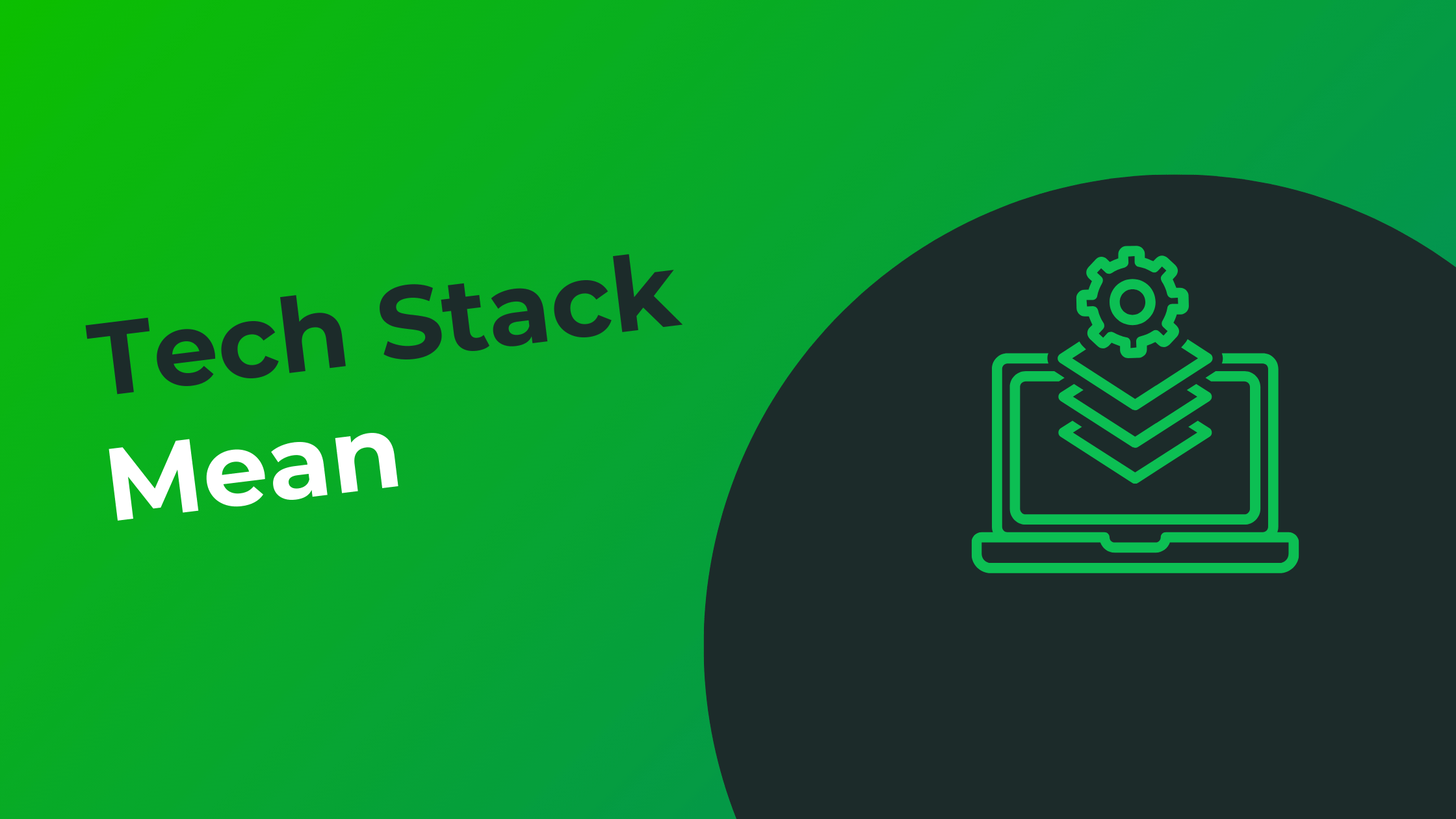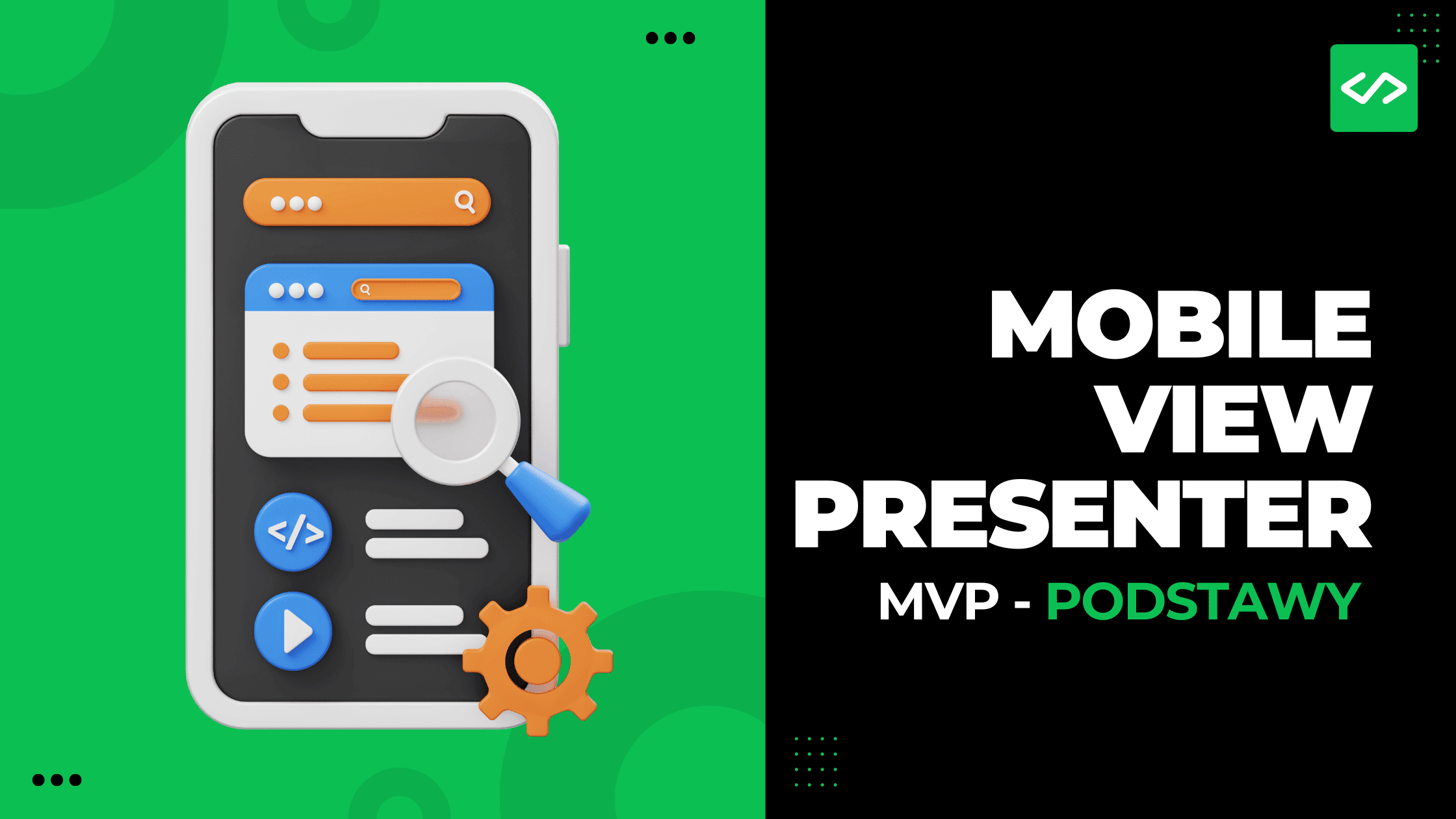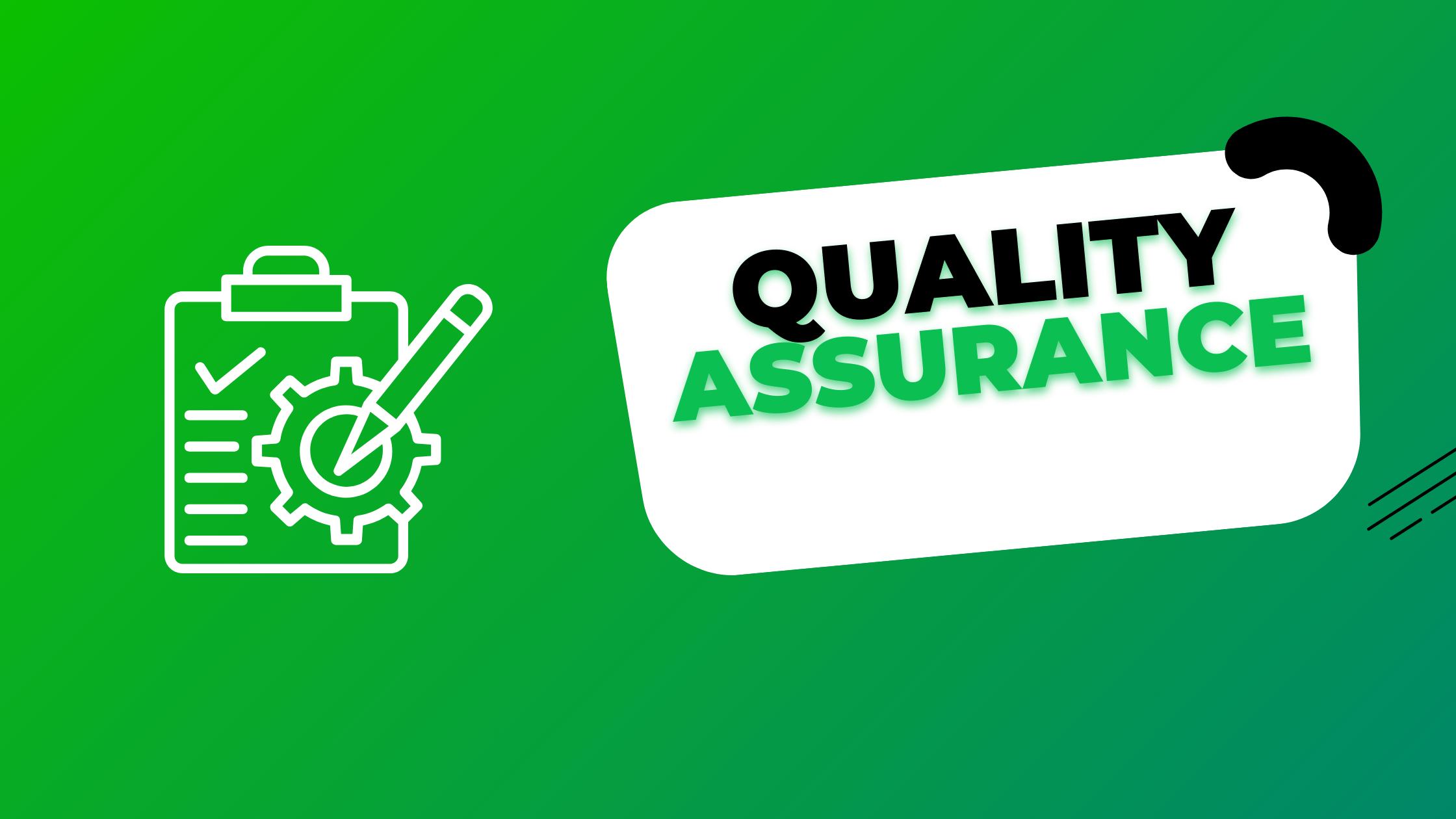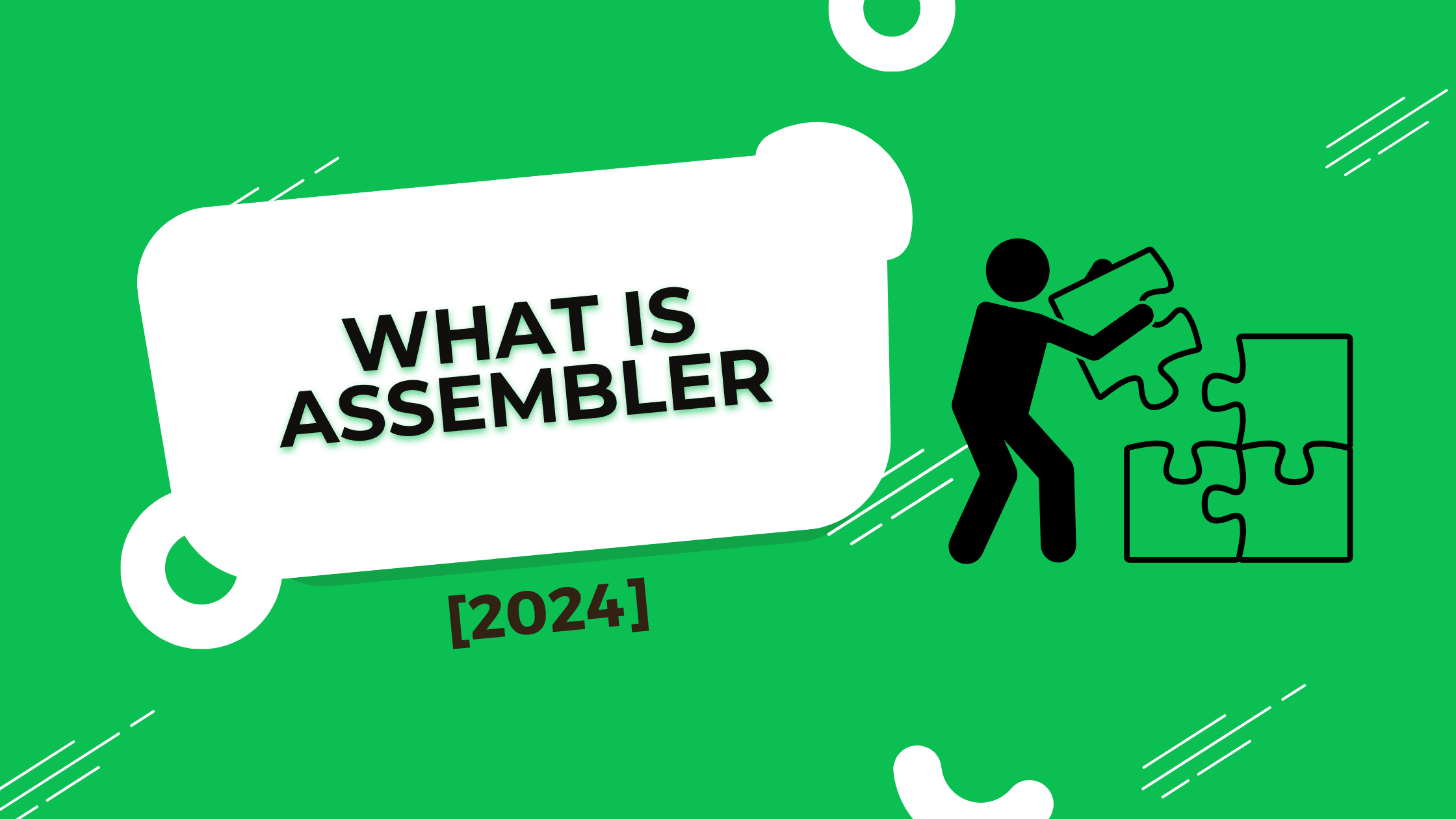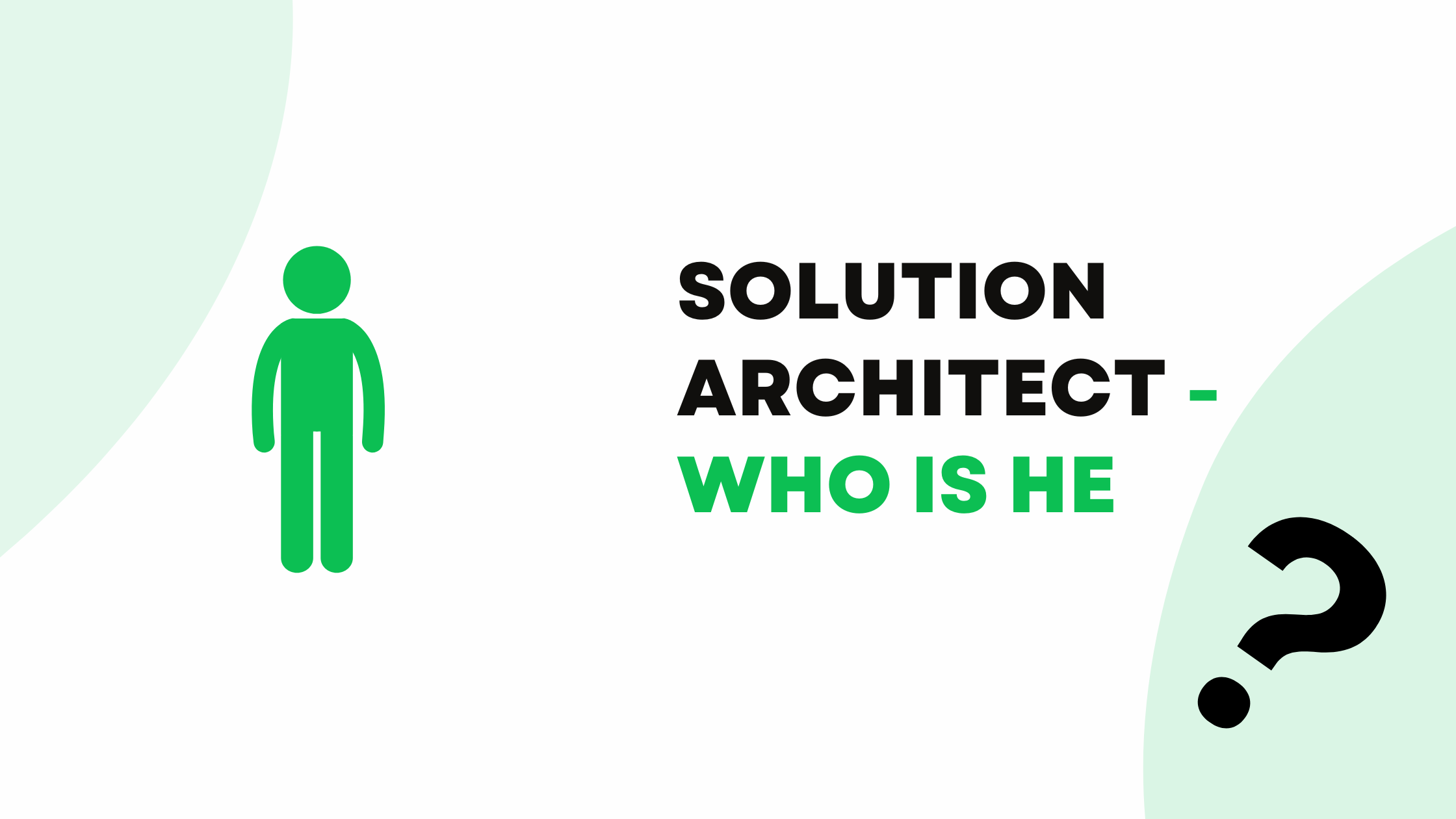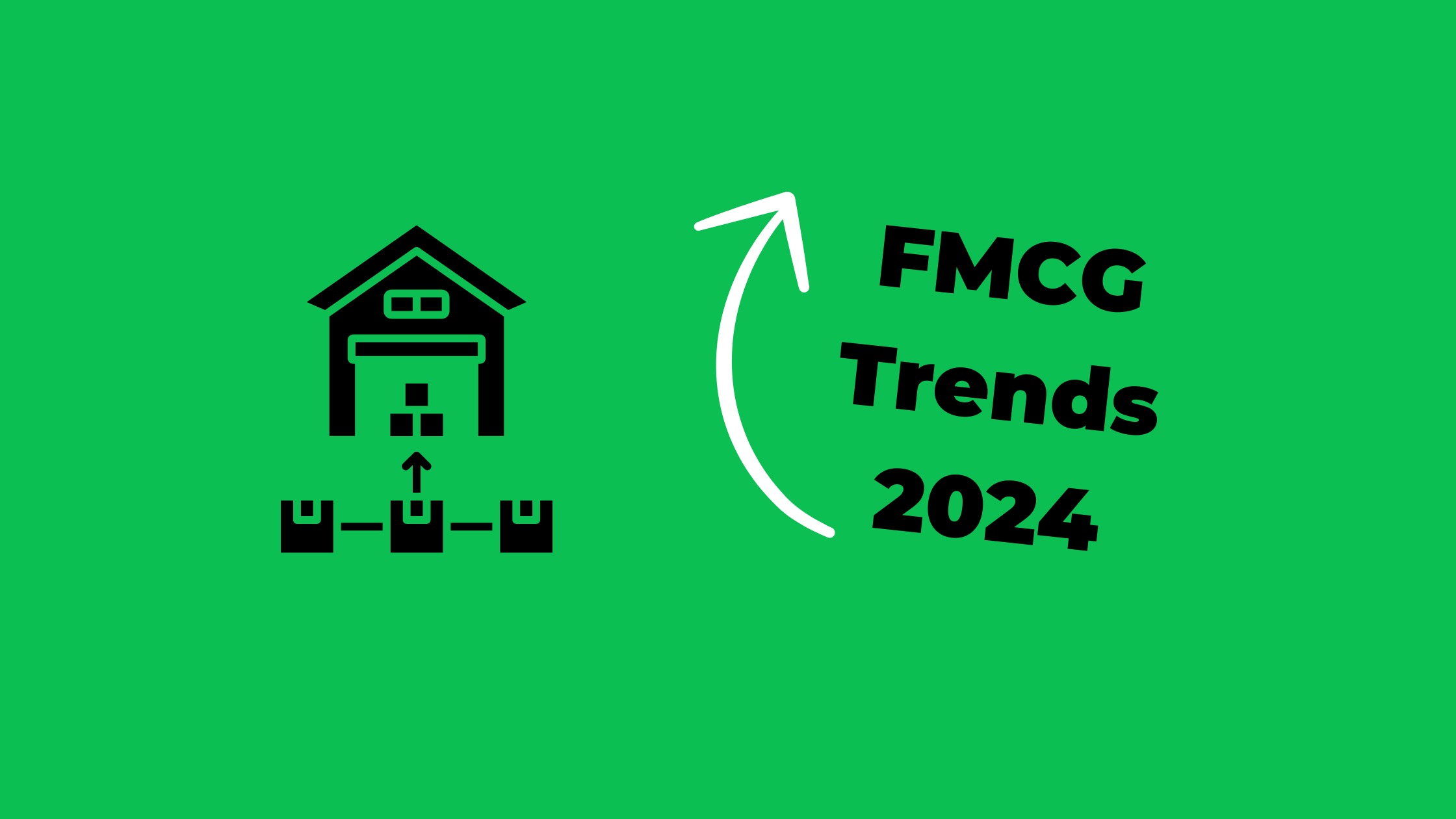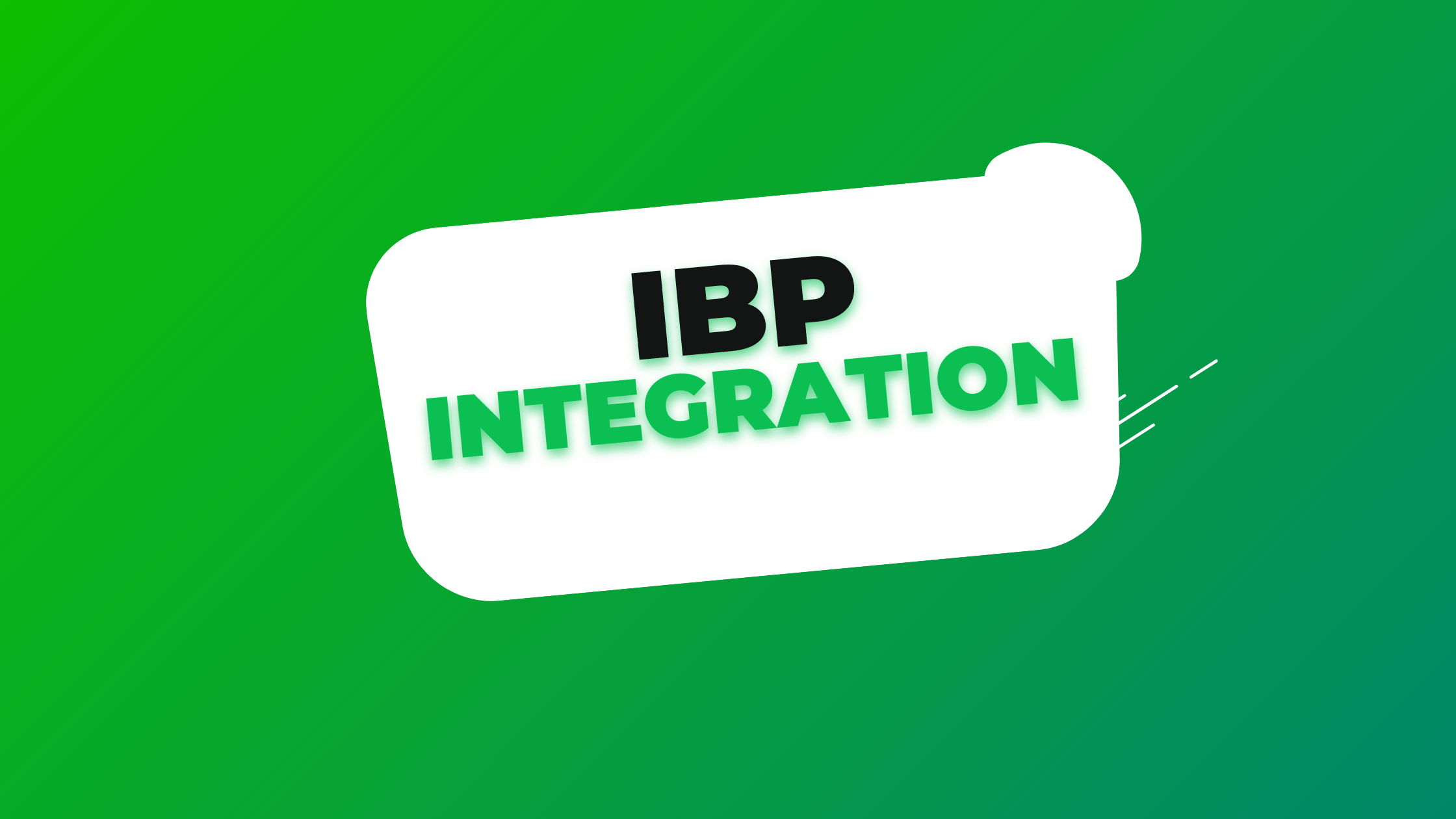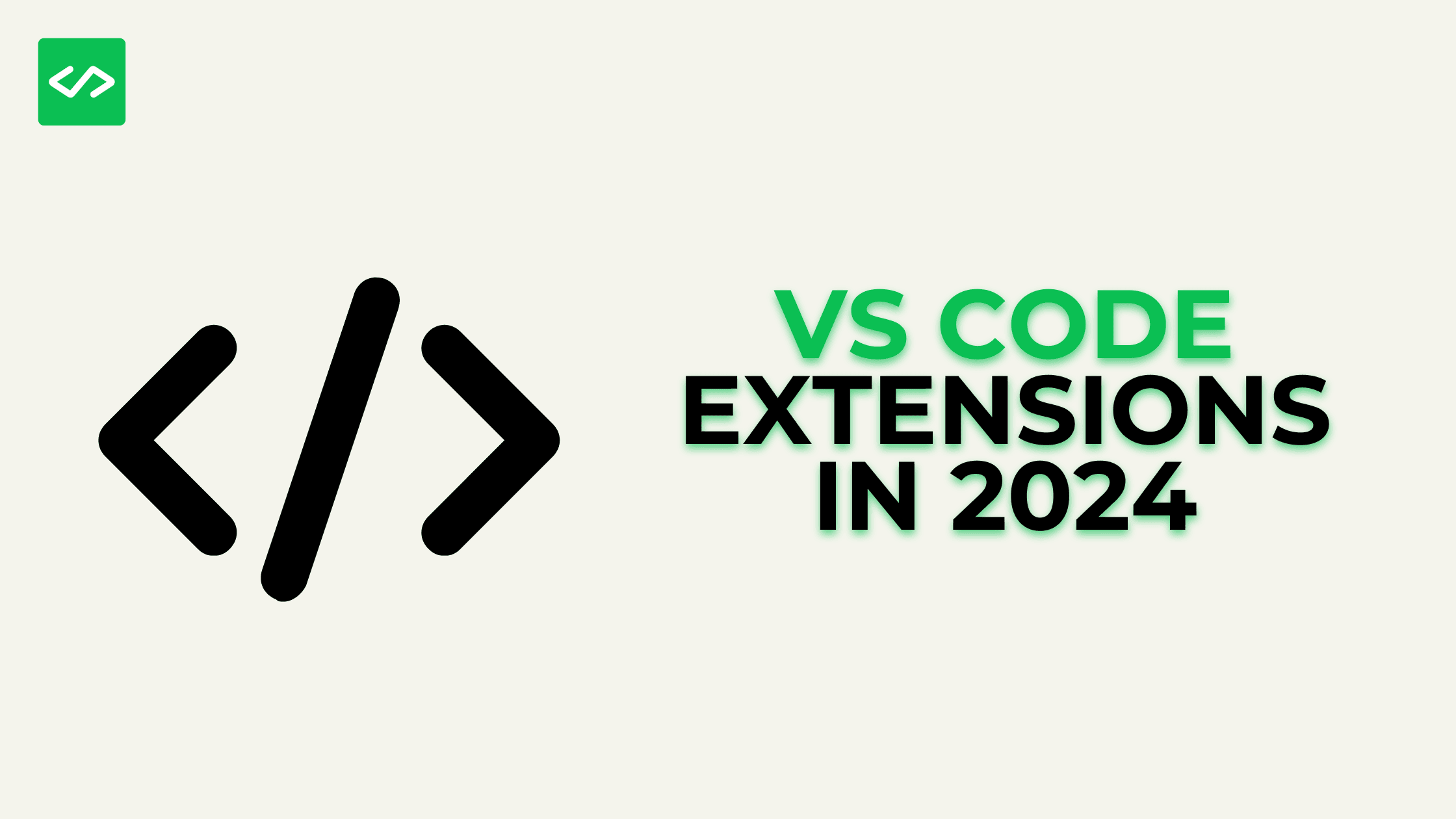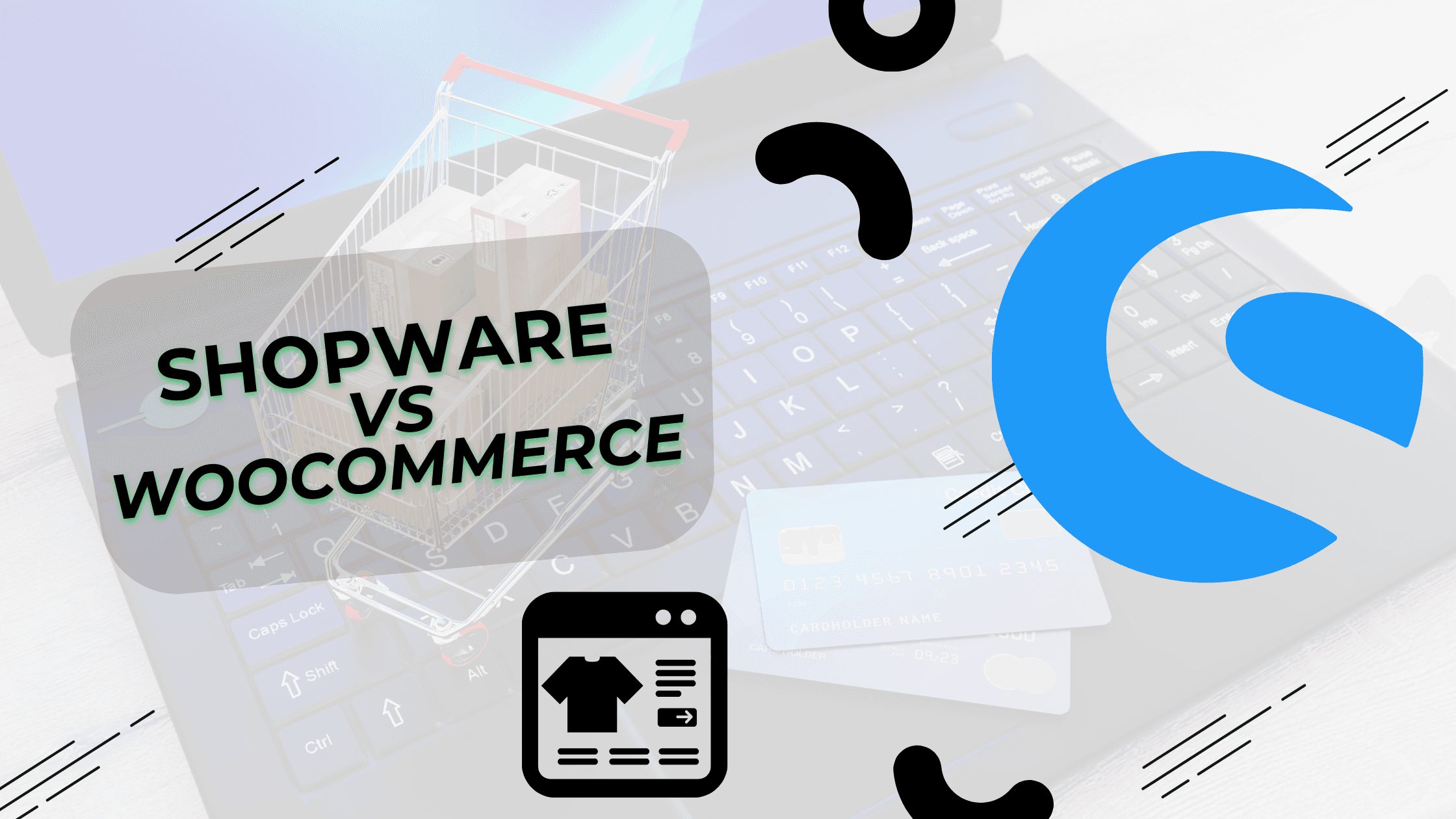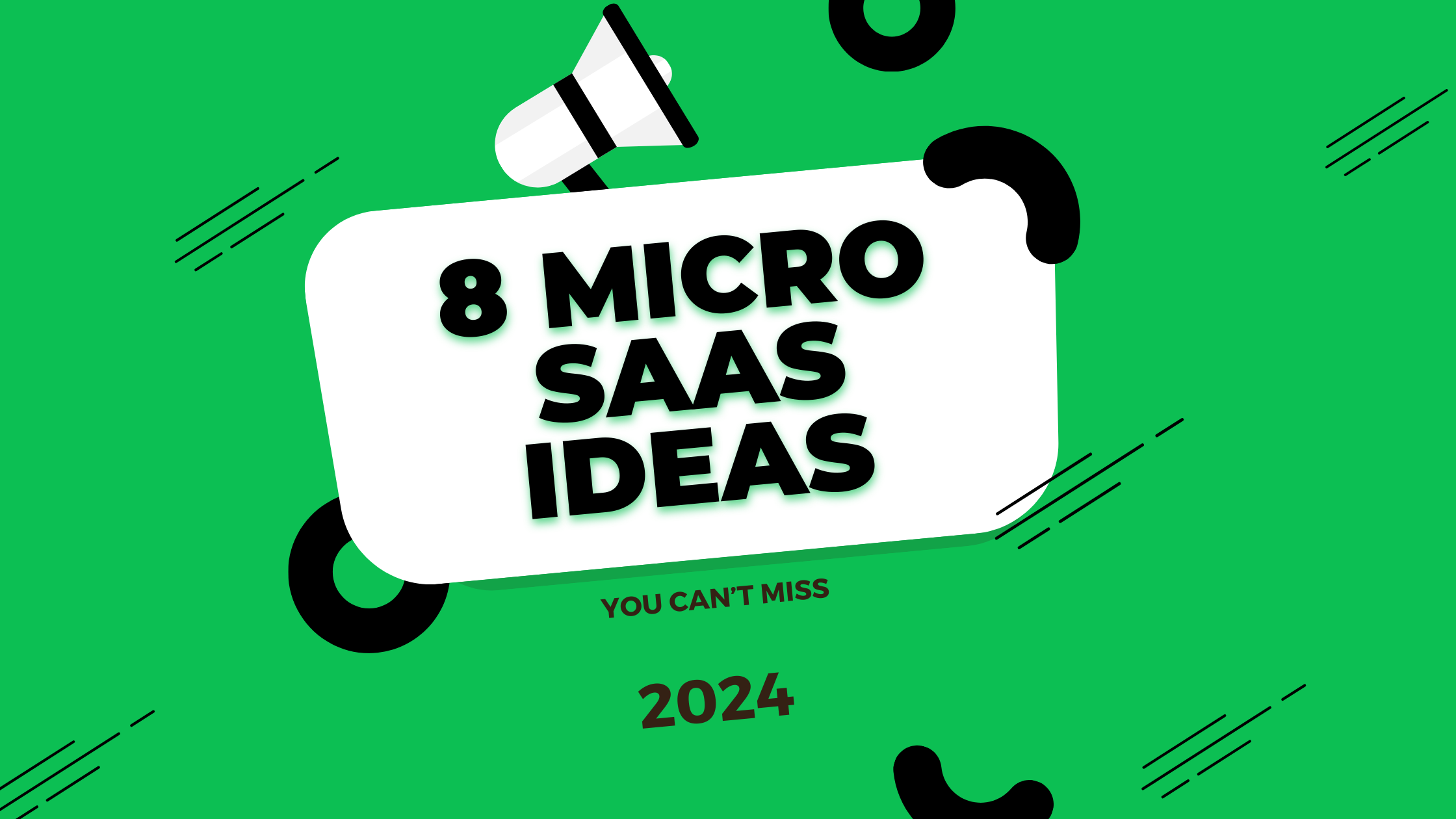What Tech Stack Mean? A Comprehensive Guide of Technology Stack not only for Developers [Use cases]
In the world of software development, the term “tech stack” is frequently used but often misunderstood. Whether you’re a seasoned developer or just starting your journey in programming, understanding what a tech stack is and how it impacts your projects is crucial. This comprehensive guide will demystify the concept of tech stacks, explore popular examples, and help you make informed decisions about the right technologies for your projects.
What is a Tech Stack?
A tech stack, short for technology stack, is the comprehensive set of technologies, programming languages, frameworks, databases, and tools used to develop and run a software application. It encompasses all the technological components that work together to create a fully functional software solution, from the front-end user interface to the back-end server and database systems.
Components of a Tech Stack
A typical tech stack consists of several layers:
- Front-end (Client-side): Technologies that create the user interface and handle user interactions.
- Back-end (Server-side): Technologies that process requests, perform computations, and manage data.
- Database: Systems for storing and retrieving data.
- Server: The hardware or cloud infrastructure that hosts the application.
- Additional tools: APIs, DevOps tools, and other supporting technologies.
How Does a Tech Stack Work?
Understanding how a tech stack works is essential for developers. Each component in the stack plays a specific role:
- The front-end technologies create the user interface that users interact with.
- When a user performs an action, the front-end communicates with the back-end via APIs.
- The back-end processes the request, often interacting with the database to retrieve or store data.
- The server hosts all these components and facilitates communication between them.
- Additional tools and services support various functions like authentication, caching, or analytics.
This seamless interaction between different components is what makes a tech stack work efficiently.
Types of Tech Stacks
There are various types of tech stacks, each suited for different purposes:
- Web Application Stacks: For building web-based applications (e.g., MEAN, MERN, LAMP).
- Mobile App Stacks: For developing mobile applications (e.g., React Native + Node.js, Flutter + Firebase).
- Data Science Stacks: For data analysis and machine learning projects (e.g., Python + TensorFlow + Jupyter).
- DevOps Stacks: For managing development and deployment processes (e.g., Docker + Jenkins + Kubernetes).
- IoT Stacks: For Internet of Things applications (e.g., Arduino + MQTT + Node-RED).
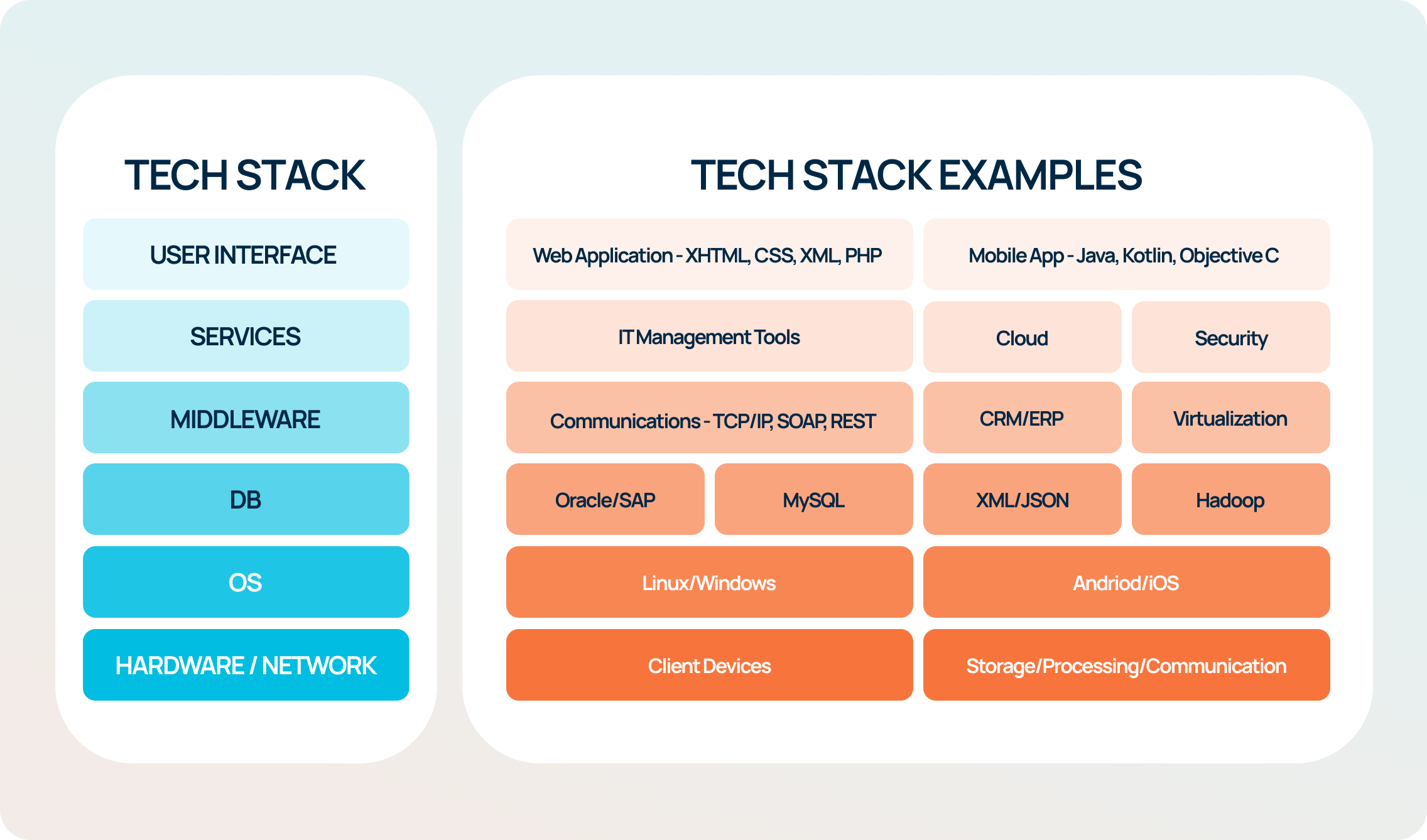
Popular Tech Stacks
Let’s explore some widely-used tech stacks to give you a clearer picture:
MEAN Stack
The MEAN stack is a JavaScript-based tech stack that includes:
- MongoDB: A NoSQL database
- Express.js: A web application framework for Node.js
- Angular: A front-end web application framework
- Node.js: A JavaScript runtime for server-side programming
MERN Stack
Similar to MEAN, the MERN stack replaces Angular with React:
- MongoDB
- Express.js
- React: A JavaScript library for building user interfaces
- Node.js
LAMP Stack
A classic tech stack for web development:
- Linux: The operating system
- Apache: The web server
- MySQL: The relational database
- PHP: The server-side programming language
Modern Tech Stack Components
Modern tech stacks often include:
- Front-end Frameworks: React, Vue.js, Angular
- Back-end Frameworks: Express.js, Django, Ruby on Rails
- Databases: MongoDB, PostgreSQL, Redis
- Cloud Services: AWS, Google Cloud, Azure
- DevOps Tools: Docker, Kubernetes, Jenkins
- APIs and Microservices: REST, GraphQL
At Codelivery, we specialize in implementing modern tech stacks tailored to each project’s unique requirements.
Choosing the Right Tech Stack
Selecting the appropriate tech stack for your project is crucial. Here are some factors to consider:
- Project Requirements: Understand the specific needs of your application.
- Scalability: Choose technologies that can grow with your project.
- Team Expertise: Consider your team’s skills and learning curve.
- Community Support: Opt for technologies with active communities for better resources and support.
- Performance: Evaluate the performance characteristics of different technologies.
- Cost: Consider both initial development costs and long-term maintenance.
The Role of Frameworks in Tech Stacks
Frameworks play a crucial role in modern tech stacks. They provide pre-written, standardized code to simplify development. Popular frameworks include:
- Front-end Frameworks: React, Angular, Vue.js
- Back-end Frameworks: Express.js, Django, Ruby on Rails
- Full-stack Frameworks: Meteor, Phoenix
Choosing the right framework can significantly impact development speed and application performance.
Programming Languages in Tech Stacks
Programming languages are the foundation of any tech stack. Common languages in modern stacks include:
- JavaScript (for both front-end and back-end)
- Python
- Java
- Ruby
- Go
- TypeScript
The choice of programming language often influences other components of the stack.
Databases in Tech Stacks
Databases are crucial for storing and managing application data. Popular databases include:
- Relational Databases: MySQL, PostgreSQL
- NoSQL Databases: MongoDB, Cassandra
- In-memory Databases: Redis, Memcached
MongoDB, a popular NoSQL database, is often used in modern tech stacks due to its flexibility and scalability.
Servers in Tech Stacks
Servers host and run the application. Common server technologies include:
The choice of server can impact application performance and scalability.
Use Cases for Different Tech Stacks
Different tech stacks are suited for various use cases:
- E-commerce: MEAN or MERN stack for dynamic, scalable online stores
- Content Management Systems: LAMP stack for robust, customizable CMS solutions
- Real-time Applications: Node.js with Socket.io for chat applications or live updates
- Enterprise Applications: Java-based stacks for large-scale, secure business applications
Understanding these use cases can help in choosing the right tech stack for your project.
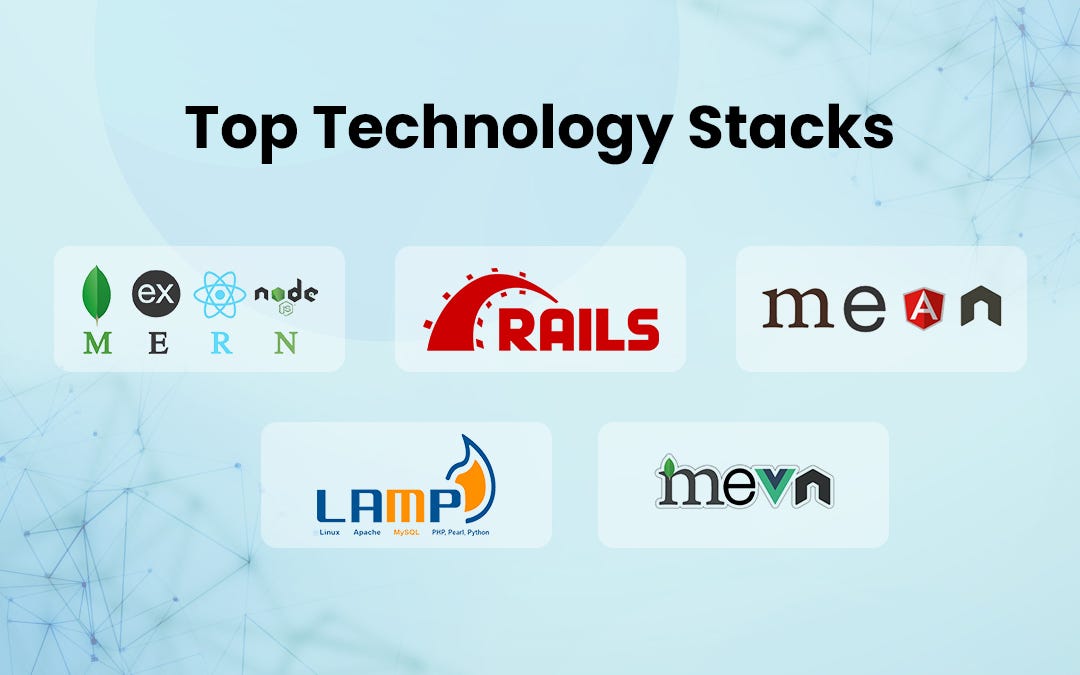
Best Practices for Working with Tech Stacks
When working with tech stacks, consider these best practices:
- Keep It Simple: Don’t overcomplicate your stack. Choose technologies that meet your needs without unnecessary complexity.
- Prioritize Consistency: Try to use compatible technologies to ensure smooth integration.
- Consider Scalability: Choose technologies that can grow with your project.
- Stay Updated: Keep your stack components updated to benefit from the latest features and security patches.
- Document Your Stack: Maintain clear documentation of your tech stack for easier onboarding and maintenance.
The Impact of Tech Stack on Development
Your choice of tech stack can significantly influence various aspects of your project:
- Development Speed: Some tech stacks offer rapid development capabilities, which can be crucial for startups and MVPs.
- Scalability: Certain technologies are better suited for handling growth and increased load.
- Maintenance: The ease of maintaining and updating your application depends on your tech stack.
- User Experience: Front-end technologies in your stack directly impact the user interface and experience.
- Integration: Your tech stack affects how easily your application can integrate with other systems and APIs.
For more insights on how technology choices impact user experience, check out our article on The Importance of Interface Design.
Emerging Trends in Tech Stacks
As technology evolves, so do tech stacks. Here are some trends to watch:
- Serverless Architectures: Reducing the need for server management.
- JAMstack: JavaScript, APIs, and Markup for fast and secure websites.
- Progressive Web Apps (PWAs): Blending the best of web and mobile apps.
- Microservices: Breaking applications into smaller, independent services.
- AI and Machine Learning Integration: Incorporating intelligent features into applications.
These trends are opening up new possibilities for developers, including opportunities in the growing field of micro-SaaS. Learn more about this exciting area in our article on Top 8 Ideas for Micro-SaaS in 2024.
The Future of Tech Stacks
As we look to the future, several trends are likely to shape the evolution of tech stacks:
- Increased Abstraction: Higher-level tools and platforms that abstract away complexity.
- AI-Assisted Development: Integration of AI tools to aid in coding and decision-making.
- Edge Computing: Pushing computation closer to data sources for faster processing.
- Quantum Computing Integration: Incorporating quantum computing capabilities for specific use cases.
- Sustainability Focus: Emphasis on energy-efficient and environmentally friendly technologies.
Conclusion: The Importance of Understanding Tech Stacks
In today’s rapidly evolving tech landscape, understanding tech stacks is crucial for developers, project managers, and business leaders alike. A well-chosen tech stack can streamline development, enhance performance, and set your project up for long-term success.
Remember, there’s no one-size-fits-all solution when it comes to tech stacks. The best choice depends on your specific project requirements, team skills, and business goals. By staying informed about different technologies and their capabilities, you can make informed decisions that will shape the success of your software projects.
Whether you’re building a simple website, a complex enterprise application, or an innovative micro-SaaS product, your tech stack will be the foundation upon which your solution is built. Choose wisely, and don’t hesitate to seek expert advice when needed.
Are you ready to build your next project with the perfect tech stack? Explore the possibilities and let your technological journey begin!
